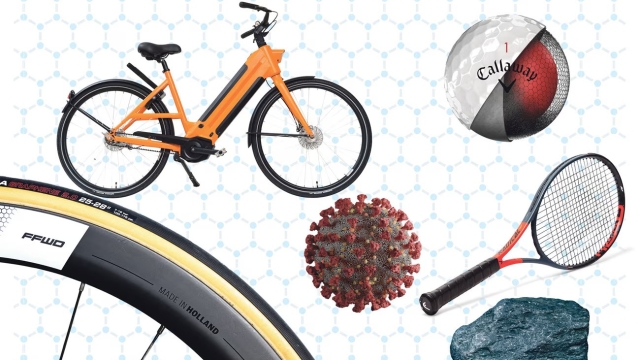
Image: Alamy/Getty
Twenty years ago, scientists announced they had created a new miracle material that was going to transform our lives. They called it graphene. Consisting of a single layer of carbon atoms arranged in a hexagonal pattern, it is one of the strongest materials ever made and, for good measure, it is a better conductor of electricity and heat than copper.
The prospects for revolutionising technology seemed endless and a new generation of ultra-fast processors and computers was predicted. Reports said it could allow batteries to charge five times faster, and make concrete 35% stronger.
It was even put forward as the solution to potholes; just mix it with traditional surfacing material and the curse of modern driving would be eradicated, it was claimed.
The Manchester University scientists who discovered it, Andre Geim and Konstantin Novoselov, were awarded the Nobel prize in physics in 2010 and a National Graphene Institute was established at the university.
Sir Colin Humphreys, professor of materials science at Queen Mary University of London, has a straightforward description: “Graphene is a very promising material. The problem has been scaling up its production. That is why it has not made the impact that was predicted.”
But recently there have been encouraging signs that the technology may soon regain much of its original promise. Humphreys believes the market could soon be re-energised thanks to breakthroughs in the manufacture of graphene-based devices. A key development in this drive has been made by Humphreys and his colleagues, who realised the technology used to make gallium nitride electronic components could be exploited to make graphene on a large scale.
“The silicon age is coming to an end. We have reached the limit to the number of transistors that we can cram on a single chip while the energy they consume is doubling every three years.
“And that means if nothing happens, and we continue as we are doing, silicon devices will consume all the world’s generation of electricity – which is a huge threat to our net zero aspirations.
“Graphene technology may have arrived later than we had originally hoped but it has the potential to get around these problems and make a real difference to modern life.”
Source: The Guardian
Image: Alamy/Getty